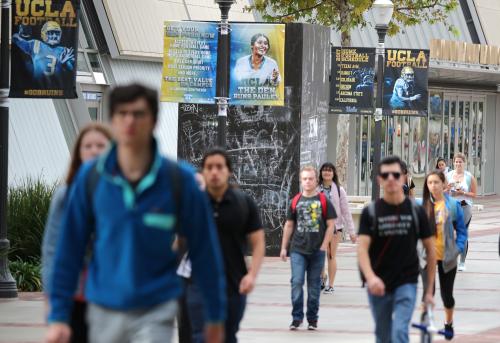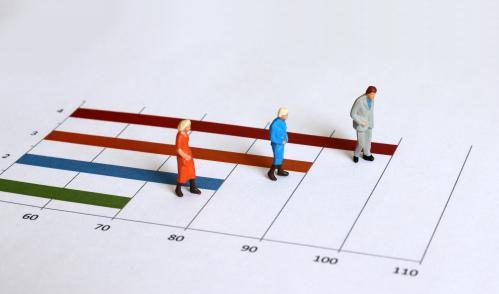Abstract
This paper studies the link between credit availability and student loan repayment using administrative federal student loan data. We demonstrate that expansions and contractions in federal student loan credit to institutions with high default rates explain most of the time series variation in student loan defaults between 1980 and 2010. Expansions in loan eligibility between 1976 and 1988 led to the entry of new, high-risk institutions, and default rates exceeding 30 percent in the late 1980s. Credit access was subsequently tightened through strict institutional and student accountability measures. This contracted credit availability at the highest default rate institutions, which in turn caused an exodus of institutions with high default rates, resulting in lower default rates on student loans. After 1992, the cycle was repeated, with credit access gradually loosened by unwinding many of the pre-1992 reforms. We confirm this time series narrative by examining discrete policy changes governing access to credit to show that tightening credit supply led to the closure of high-default schools and the relaxation of accountability rules resulted in their expansion. Our estimates imply that 85% of the increase in default between 1980 and 1990, and 95% of the decrease in default between 1990 and 2000 is driven by schools entering and exiting loan programs. One-third of the recent increase in default is associated with the entry of online programs following the relaxation of rules for lending to online schools, and another third is associated with the abolition of rules limiting the share of revenue coming from federal programs.








